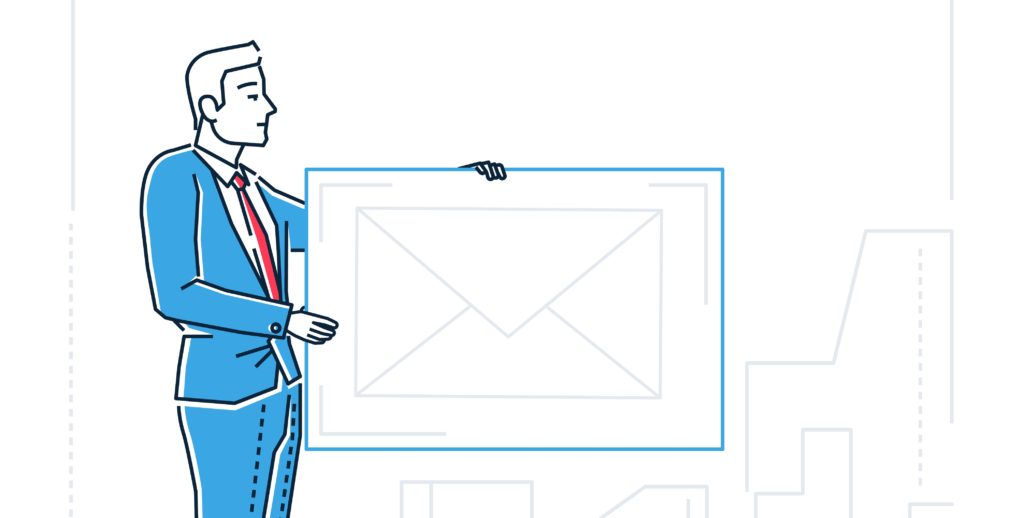
Introduction:
As a professional, effective communication plays a vital role in building strong relationships and achieving your goals. One essential form of communication in the business world is email. Whether you are writing to colleagues, clients, or superiors, it is crucial to structure your professional emails appropriately and use appropriate vocabulary. In this article, we will provide you with a comprehensive guide on how to structure professional emails and offer valuable vocabulary tips to enhance your written communication skills.
Salutation:
Begin your email with a formal salutation that addresses the recipient respectfully. If you know the person’s name, use “Dear Mr./Ms. [Last Name]” or “Hello [First Name].” However, if you are unsure about the recipient’s gender or name, a safe option is to use “Dear [Job Title/Department].” For example, “Dear Marketing Team” or “Dear Human Resources Department.”
Opening:
In the opening paragraph, state the purpose of your email clearly and concisely. Provide a brief introduction and mention any relevant context. For instance, if you are following up on a previous conversation or addressing a specific issue, briefly mention it to provide clarity.
Body:
The body of your email is where you present your main message or request. Organize your thoughts into paragraphs, each with a specific topic or point. Here are a few key tips to keep in mind:
a. Be concise: Keep your sentences and paragraphs short and to the point. Use clear and straightforward language to convey your message effectively.
b. Use appropriate tone: Maintain a professional and respectful tone throughout your email. Avoid using overly casual language or slang.
c. Be polite and considerate: Use polite phrases to show respect and consideration for the recipient. For example, “Thank you for your time” or “I would appreciate your assistance.”
d. Provide relevant details: Include all necessary information related to your request or message. This could include dates, times, names, reference numbers, or any other pertinent details.
e. Use bullet points or numbered lists: If you need to convey a series of points or provide instructions, consider using bullet points or numbered lists to enhance clarity and readability.
Closing:
In the closing section, express gratitude or appreciation for the recipient’s time and consideration. Use phrases such as “Thank you for your attention,” “I look forward to hearing from you,” or “Best regards.” Make sure to choose an appropriate closing phrase based on the level of formality.
Signature:
End your email with your full name, job title (if applicable), and contact information. This allows the recipient to easily identify and reach you if needed. For example:
Best regards,
[Your Full Name]
[Job Title]
[Contact Number]
[Email Address]
Important Vocabulary:
Here are some essential vocabulary words and phrases to enhance your professional email writing skills:
Greetings: Dear, Hello, Hi
Opening phrases: I hope this email finds you well, I am writing to you regarding, I wanted to discuss, I am following up on, I would like to request
Requesting information: Could you please provide, I would appreciate it if you could, I am writing to inquire about, I am interested in obtaining
Offering assistance: If you need any further assistance, Please feel free to contact me, I am available to help with, I would be happy to provide
Thanking: Thank you for your attention, I appreciate your prompt response, Many thanks for your assistance
Conclusion:
Mastering the art of structuring professional emails and using appropriate vocabulary is essential for effective communication in the business world. By following the guidelines outlined in this article and incorporating the suggested vocabulary
